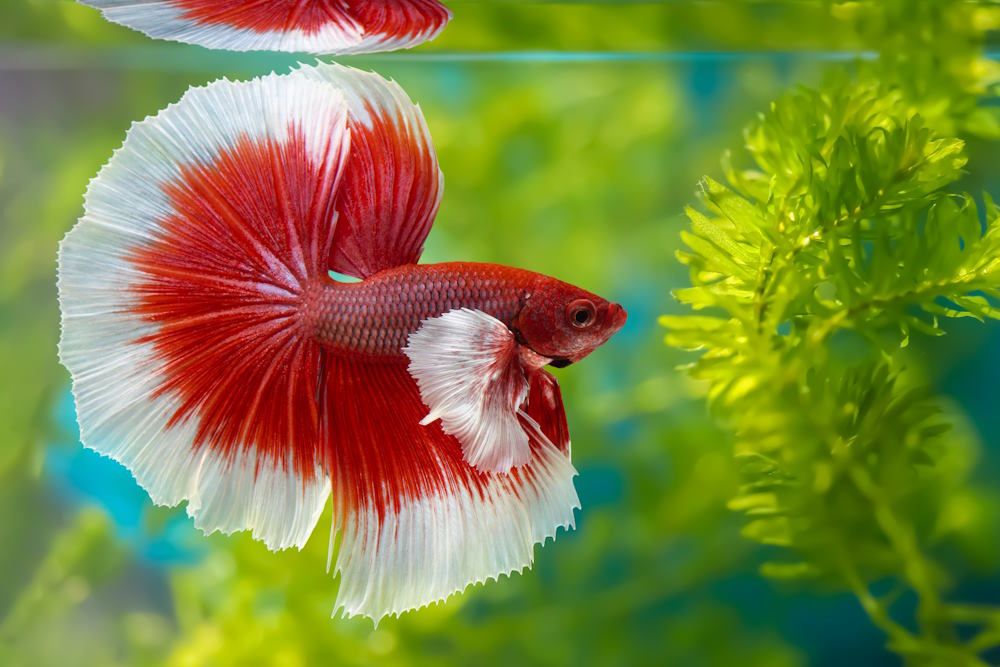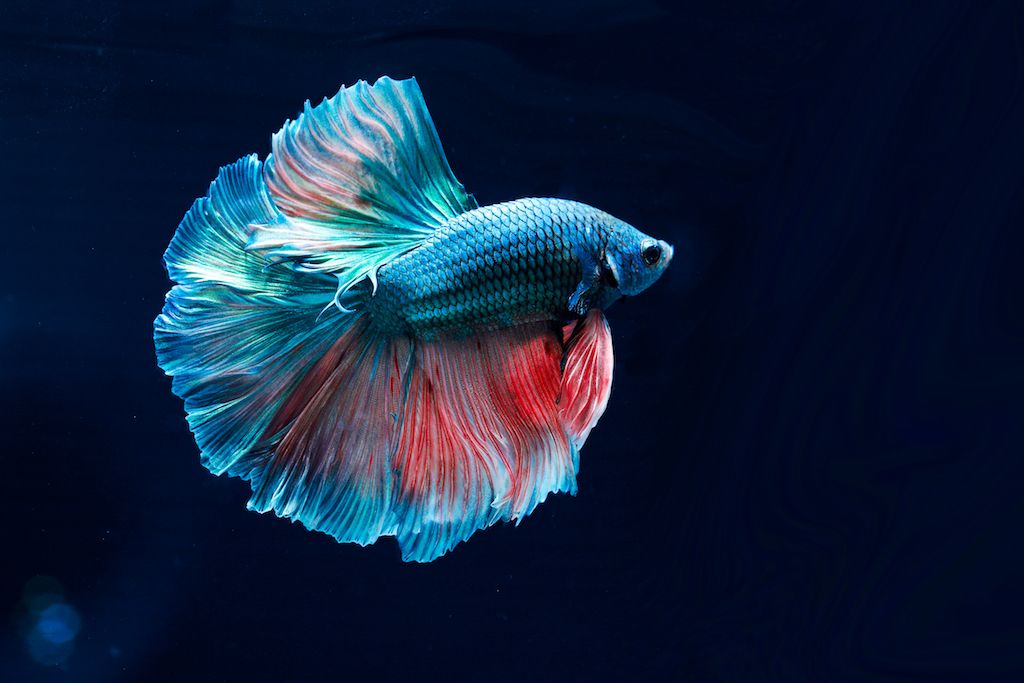Recognizing Betta Fish Habits: What Every Owner Must Know
Recognizing Betta Fish Habits: What Every Owner Must Know
Blog Article
Exactly How to Reproduce Betta Fish Effectively: Professional Strategies and Insights for Hobbyists Aiming To Increase Their Betta Collection
Breeding Betta fish needs a nuanced understanding of genes and environmental conditions, making it crucial for hobbyists to approach the procedure with both persistance and care. Producing an optimum reproduction setting, picking the right pairs, and observing the complexities of their courtship behaviors are fundamental actions that can significantly impact the outcome. The succeeding care of the fry is critical for ensuring their healthy advancement. As we discover these essential parts, it ends up being clear that effective reproduction is not practically the preliminary pairing yet includes a more comprehensive strategy that benefits mindful consideration.
Recognizing Betta Fish Genes
Understanding the genetics of Betta fish is critical for effective breeding, as it influences traits such as shade, fin shape, and habits. Betta fish show a varied variety of shades and patterns, mainly established by their genetic makeup.
In enhancement to pigmentation, fin morphology is one more considerable facet of Betta genes (betta fish). The form and dimension of fins are affected by different genes, including those that establish whether the fins are short, long, or veil-shaped. Recognizing these hereditary variations aids dog breeders anticipate the phenotypic outcomes of their spawn
In addition, behavioral attributes such as aggression and territoriality can also be influenced by genes. These habits play a crucial role in the breeding process, as they can affect spawning success and the total temperament of the resulting fry. By adequately comprehending these genetic concepts, dog breeders can make enlightened choices, ultimately boosting their reproduction programs and attaining desirable results.
Preparing the Reproduction Setting
Producing an optimal breeding environment is crucial for the successful reproduction of Betta fish. The very first action in preparing this setting is to select an ideal breeding tank, ideally ranging from 5 to 10 gallons.
Next, take into consideration using a sponge filter or an air stone to supply gentle water blood circulation without producing solid currents that can worry the fish. It is vital to mount plants or reproducing cones to supply hiding spots and advertise comfort for the lady throughout the spawning process. Drifting plants, such as Java moss or water sprite, can also produce an extra all-natural atmosphere while assisting in bubble nest building by the man.
Prior to introducing the reproducing pairs, ensure the water is conditioned and free from damaging chemicals, such as chlorine or hefty metals. betta fish. Regular water modifications ought to be conducted to maintain optimum water quality, boosting the chances of successful breeding. With these preparations in place, the reproducing setting will support the health and wellness and well-being of both Betta fish
Choosing Reproduction Pairs
Picking the ideal breeding like it sets is critical for attaining effective blog Betta fish recreation. Healthy and balanced Betta fish display lively colors, clear eyes, and energetic habits.
Personality is one more essential factor to consider, as Betta fish are recognized for their aggressive nature. It is a good idea to pick a man and woman that display suitable personalities to decrease stress throughout the breeding process. A tranquil man can motivate a smoother courtship, while a woman that is too aggressive may disrupt the procedure.
Hereditary history additionally plays a significant role in the quality of the offspring. Reproducing fish that are genetically diverse can reduce the threat of genetic health problems and improve the overall vigor of the fry. It is valuable to look into the family tree of both the male and woman, concentrating on preferable attributes such as fin kind, color scheme, and dimension.
The Breeding Process
The breeding procedure of Betta fish calls for cautious preparation and attention to information to guarantee an effective he has a good point outcome. It is vital to prepare an appropriate reproduction container, ideally a 5-10 gallon aquarium with a temperature level kept at 78-80 ° F. The container should be equipped with a heating unit, filter (preferably sponge type to prevent solid currents), and a lot of aquatic plants for the female to conceal.
Once the environment is established, introduce the selected reproducing pair to the container, permitting them to accustom. Observe their habits; the male will certainly display intricate courtship routines, including flaring his fins and constructing a bubble nest. If the lady reveals interest, she will certainly present vertical stripes showing preparedness for spawning.
When the woman is responsive, the set will certainly involve in a mating welcome, during which the male fertilizes the eggs. It is crucial to check their interactions carefully, as the man may come to be hostile. After spawning, get rid of the lady to prevent prospective harm. The male will tend to the eggs, which usually hatch within 24-36 hours. Preserving ideal water problems throughout this duration is crucial for the growth of healthy and balanced Betta fry.
Caring for Betta Fry

Feeding Betta fry is important, as they require a diet regimen high in healthy protein. Originally, they can be fed infusoria or liquid fry food, transitioning to finely crushed premium pellets as they expand. Feed little portions multiple times a day to motivate healthy and balanced growth without overloading the storage tank with uneaten food.

As they develop, monitor their development carefully and divide any kind of hostile individuals to avoid injury. By offering a supporting atmosphere and correct nourishment, hobbyists can effectively elevate Betta fry right into vibrant, healthy fish, eventually boosting their breeding undertakings.
Final Thought
Successful Betta fish breeding needs thorough focus to hereditary choice, environmental problems, and look after the fry. By recognizing the genetics of Betta fish and preparing a suitable reproduction atmosphere, hobbyists can enhance the possibilities of generating vibrant, healthy offspring. Selecting compatible breeding sets and carefully checking the courtship and spawning processes are crucial. Ultimately, giving ideal take care of the fry ensures their healthy development, adding to a successful Betta collection.
Report this page